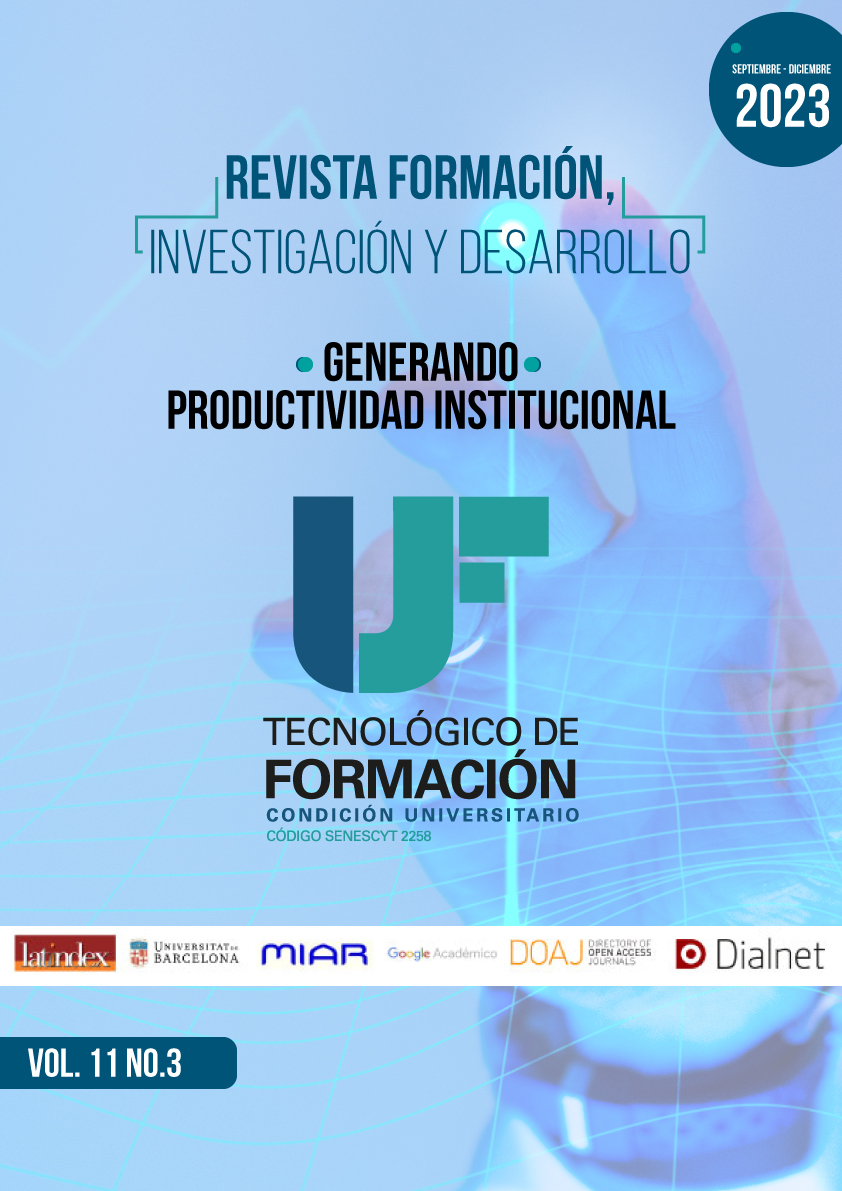Participation in Continuing Education Programs for Imaging professionals: Analysis of Influential Factors.
Main Article Content
Abstract
The work focuses on analyzing the participation in continuing education programs among imaging professionals, as well as understanding the motivations that drive this participation. In addition, it seeks to examine the perceived impact of continuing education on professional practice, identify common challenges professionals face in their pursuit of continuing education, and compile recommendations to improve the effectiveness of these programs. Through the application of a virtual questionnaire to a sample of 60 professionals, the aim was to provide a comprehensive vision of continuing education in the professional context and offer guidelines for the development of effective training and professional development strategies.
Article Details

This work is licensed under a Creative Commons Attribution-NonCommercial-ShareAlike 4.0 International License.
Este trabajo tiene licencia DE Atribución/Reconocimiento-NoComercial-CompartirIgual 4.0 Internacional. CC BY-NC-SA 4.0.
How to Cite
References
Aspin, D., y Chapman, J. (2001). Sustainable human resource development in the twenty-first century: A learning and development for all. International Journal of Training and Development, 5(3), 145-161.
Bushong, S. (2013). Radiologic Science for Technologists: Physics, Biology, and Protection. Mosby.
Cervero, R., y Wilson, A. (2006). Working the planning table: Crafting practice in adult education. Jossey-Bass.
Chen, M. (2017). Radiología para Médicos no Radiólogos. Springer.
Desjardins, R. (2003). Continuing Education and Training in Canada: A Promising Future. Canadian Policy Research Networks.
Desser, D. (2020). Radiología para Estudiantes de Medicina. Springer.
Jarvis, D. (2004). Adult education and lifelong learning: Theory and practice. Routledge Falmer.
Jarvis, P. (2004). Adult and continuing education: Theory and practice. Routledge.
Knowles, M. (1970). The modern practice of adult education: Andragogy versus pedagogy. New York: Association Press.
Lynch, D. (2017). Imaging of diffuse lung disease. Wolters Kluwer.
Marcelo, C. (2001). La Formación Permanente del Profesorado: Profesionalización y Desarrollo Profesional. Educatio Siglo XXI, 19, 33-48.
Moore, M. (1991). Lifelong Learning and the Learning Society. European Journal of Education, 26(3), 299-310.
Mukherji, S., y Spinazzi, E. (2012). Head and neck imaging: The essentials. Lippincott Williams & Wilkins.
Osborn, A., y Salzman, K. (2013). Diagnostic imaging: Brain. Amirsys.
Parette, P. (2003). Continuing education for adults: A background paper. National Center on Accessible Instructional Materials.
Short, E. (1985). Adult education and the new society: Education for ongoing change. JosseyBass.
Sopena-Novales, P., & Uzcátegui-Ramírez, N. (2016). Imágenes diagnósticas en medicina. Diagnóstico por imagen. Salamanca: Ediciones Universidad de Salamanca.
Stark, P. (2018). Radiología de Diagnóstico. Springer.
Thrall, J. (2016). Radiología de los Sistemas de Cuerpo. Elsevier.
UNESCO. (1996). Informe a la UNESCO de la Comisión Internacional sobre la Educación para el Siglo XXI. UNESCO Publishing

